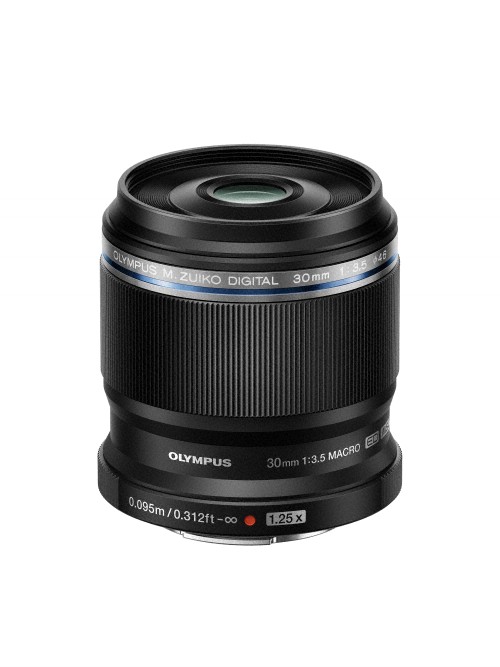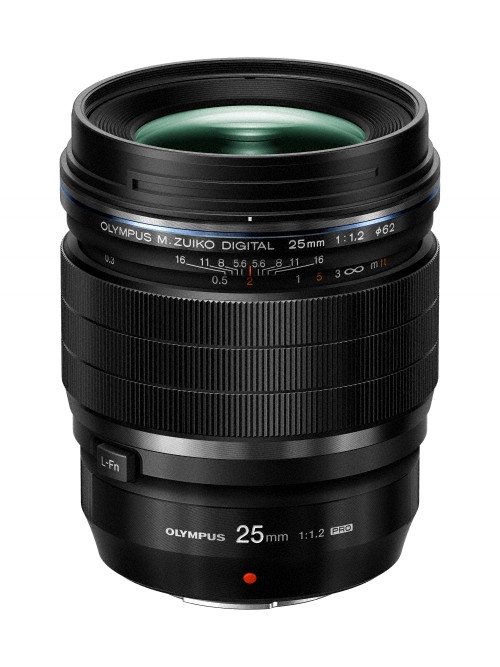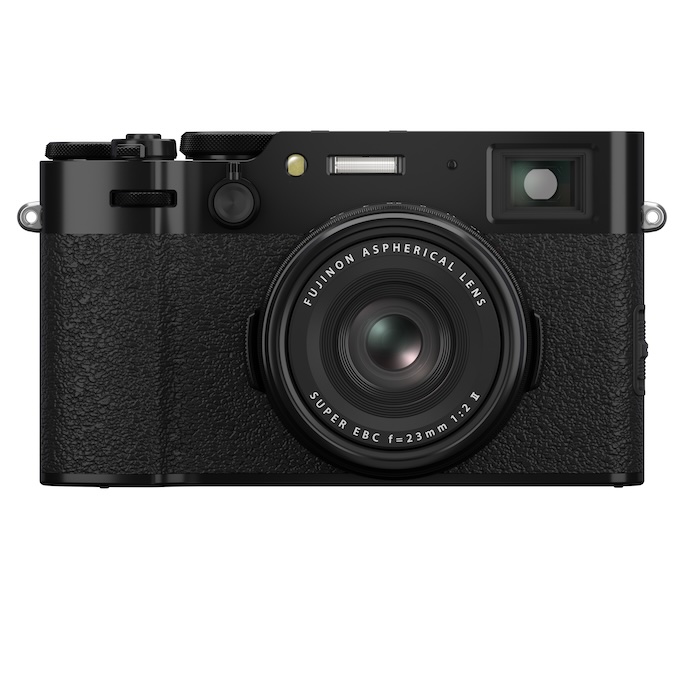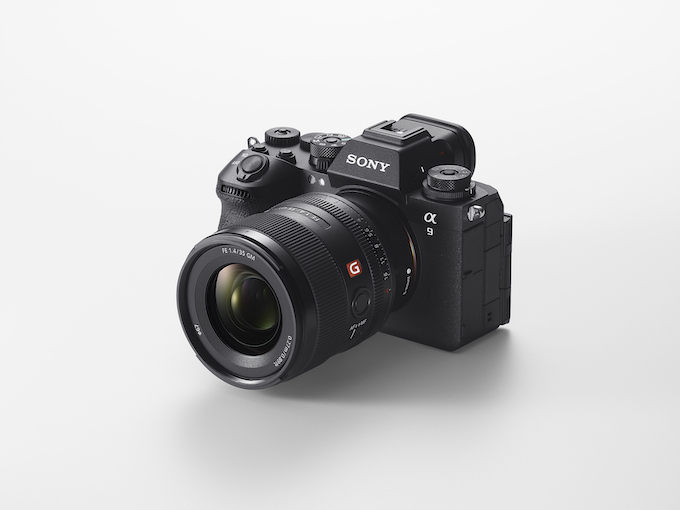The Olympus E-M1 Mark II Is Ridiculously Fast
September 19, 2016
If it’s speed you want, Olympus’ forthcoming mirrorless flagship, the OMD E-M1 Mark II, has it in spades.

It can deliver 18 fps continuous shooting at full resolution (including RAW images) with continuous autofocus engaged. With focus set to the first frame, you’ll hit 60 fps. You’ll enjoy an 81 percent increase in AF area on the sensor thanks to 120 cross type AF points. It supports both contrast and phase detect AF and will automatically select the appropriate method based on lens selection, camera settings and lighting conditions.
The E-M1 has a 20-megapixel sensor and a 5-axis image stabilization good for up to 5.5 stops. You’ll get 6.5 stops when using the new 12-100mm lens (detailed below). The shifting sensor supports a High-Res Shot mode to deliver the equivalent of a 50-megapixel image.
Speaking of high resolution, the E-M1 will record 4K video at 4096 x 2060/24p with a flat picture profile to support post-process color grading. The camera will also record 3840 x 2160 video at 30p or full HD video up to 60p. It will support clean HDMI output of a 4:2:2 video signal as well.
The E-M1 is weather sealed and boasts a 37 percent improvement in battery life–although Olympus did not have final battery life stats to share. It has two SD card slots with the first slot supporting speedy UHS-II cards.
The camera’s EVF has a 120 fps refresh rate and a 2.36 million pixel resolution.
Rounding out the features:
- 3-inch vari-angle touch screen display
- AF metering down to -2 EV
- Wi-Fi
- USB 3.0
No word yet on when the E-M1 Mark II will ship, but Olympus says it will be this year.
Olympus also pulled back the curtain on the newest addition to the PEN family, the E-PL8, at Photokina 2016.
The E-PL8 features a 16-megapixel image sensor that shifts to provide 3-axis image stabilization in the camera body good for 3.5 stops of correction, per CIPA standards. Pair the PEN with select Olympus lenses with their own optical stabilization and you’ll enjoy enhanced stabilization as the lens and body systems work in tandem.

The PEN offers an 81-area AF system with both phase and contrast detect points with facial and eye detection algorithms. You’ll hit around 7 fps in continuous shooting when focus is fixed on the first frame and image stabilization is on. Turn IS off and you’ll get a slight bump to 8 fps shooting. The camera records full HD video at 30p, has a 3-inch touch screen that can be tilted and built-in Wi-Fi.
It will ship in October with a body-only price of $550.
Several new lenses were also announced.
M.ZUIKO ED 30mm f/3.5 Macro

If you need to get up tight, this 30mm Macro offers a 35mm equivalent focal length of 60mm and a 2.5x equivalent magnification. The aperture range stretches from f/2.5-22. Unlike many lenses in the Olympus family, this particular model isn’t dust and weather proof. But it is budget-friendly at $300.
M.ZUIKO Digital ED 25mm f1.2 PRO

This ultra-fast medium focal length prime lens is dust and splash proof and offers the equivalent of a 50mm focal length on a full frame camera. It features a minimum focusing distance of 19.5 cm and stops down to f/16. It ships in October and will set you back $2,000.
M.ZUIKO Digital ED 12-100mm f4.0 IS PRO

Delivering a 24-200mm equivalent focal length, this new lens maintains a constant f/4 aperture throughout its zoom range and stops down to f/22. It has image stabilization that works together with the in-camera stabilizer in select OM-D and PEN cameras to deliver a whopping 6.5 stops of image correction. When used on a Micro Four Thirds camera without in-body stabilization (or outside of the Olympus family) the lens will deliver 5 stops of shake reduction.
The 12-100mm offers a minimum working distance of 1.5cm, a magnification of .6x and is weather proof.
It ships in November for $1,300.




